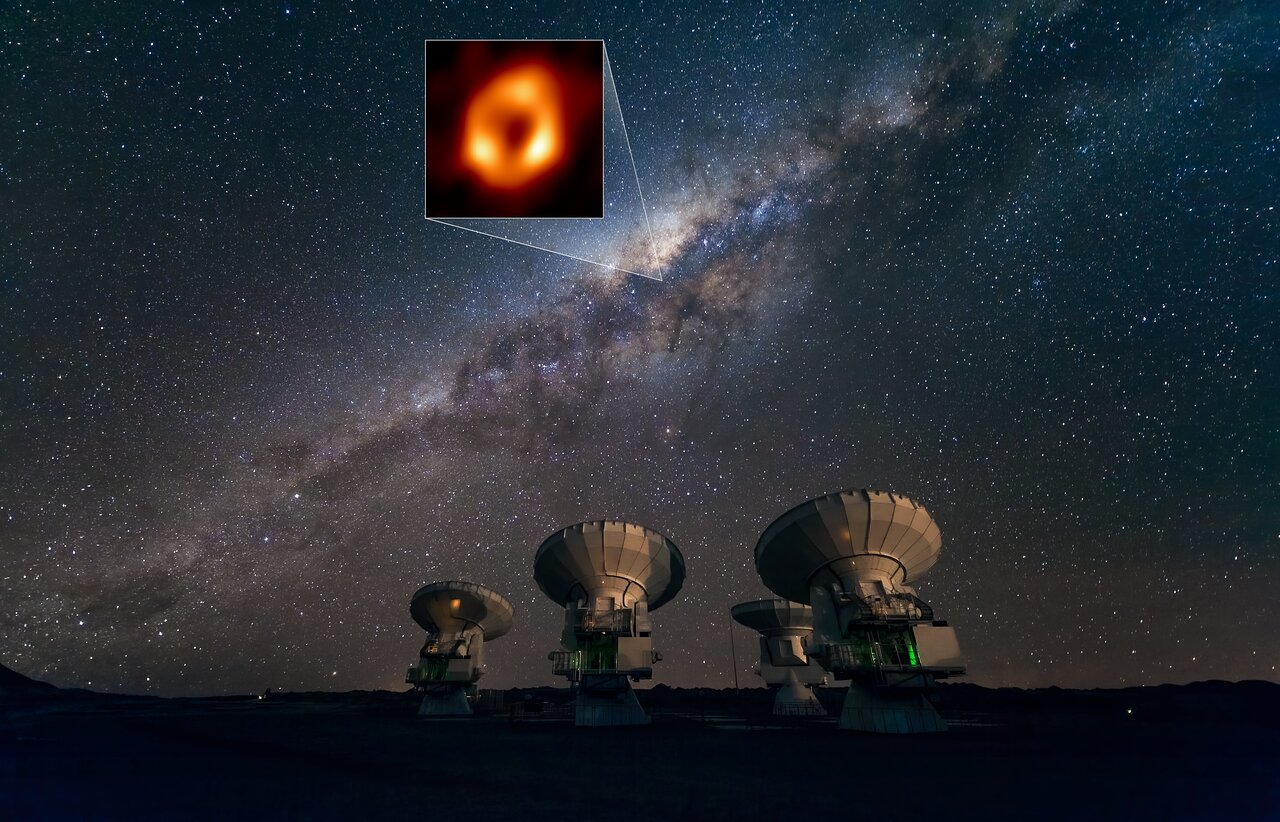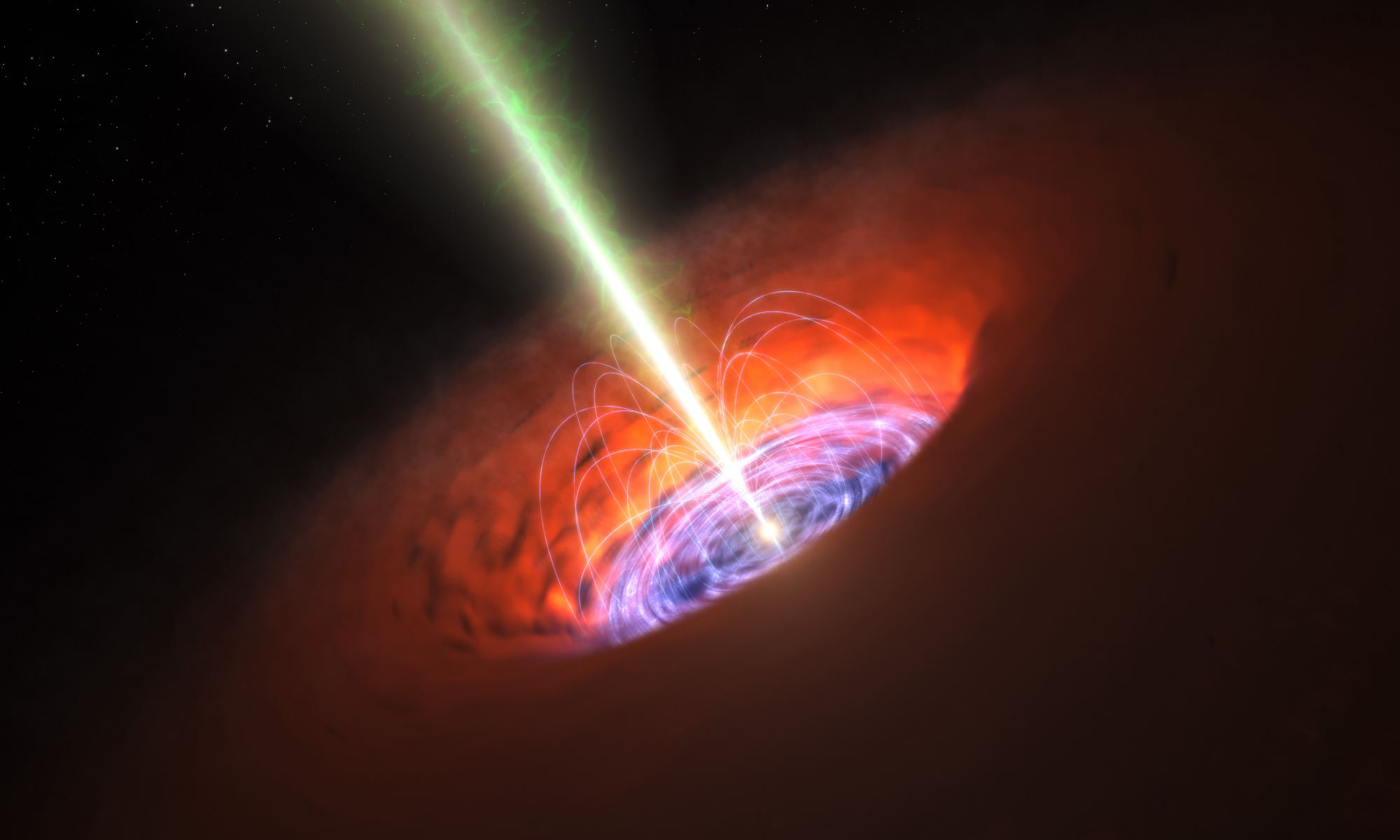The vicinity of Sagittarius A* (Sgr A*), the supermassive black hole at the Milky Way’s center, is hyperactive. Stars, gas, and dust zip around the black hole’s gravitational well at thousands of kilometers per hour. Previously, astronomers thought that only mature stars had been pulled into such rapid orbits. However, a new paper from the University of Cologne and elsewhere in Europe found that some relatively young stars are making the rounds rather than older ones, which raises some questions about the models predicting how stars form in these hyperactive regions.
Continue reading “Baby Stars are Swarming Around the Galactic Center”New Stars Forming Uncomfortably Close to the Milky Way’s Supermassive Black Hole
Astronomers examining a star cluster near Sgr A*, the Milky Way’s supermassive black hole, found that the cluster has some unusually young members for its location. That’s difficult to explain since the region so close to the powerful black hole is infused with powerful radiation and dominated by the black hole’s extremely powerful gravitational force. According to our understanding of stellar formation, young stars shouldn’t be there.
Continue reading “New Stars Forming Uncomfortably Close to the Milky Way’s Supermassive Black Hole”Pulsars Could Help Map the Black Hole at the Center of the Milky Way

The Theory of General Relativity (GR), proposed by Einstein over a century ago, remains one of the most well-known scientific postulates of all time. This theory, which explains how spacetime curvature is altered in the presence of massive objects, remains the cornerstone of our most widely-accepted cosmological models. This should come as no surprise since GR has been verified nine ways from Sunday and under the most extreme conditions imaginable. In particular, scientists have mounted several observation campaigns to test GR using Sagittarius A* (Sgr A*), the supermassive black hole at the center of the Milky Way.
Last year, the Event Horizon Telescope (EHT) – an international consortium of astronomers and observatories – announced they had taken the first images of Sag A*, which came just two years after the release of the first-ever images of an SMBH (M87). In 2014, the European members of the EHT launched another initiative known as BlackHoleCam to gain a better understanding of SMBHs using a combination of radio imaging, pulsar observations, astrometry, and GR. In a recent paper, the BHC initiative described how they tested GR by observing pulsars orbiting Sgr A*.
Continue reading “Pulsars Could Help Map the Black Hole at the Center of the Milky Way”

